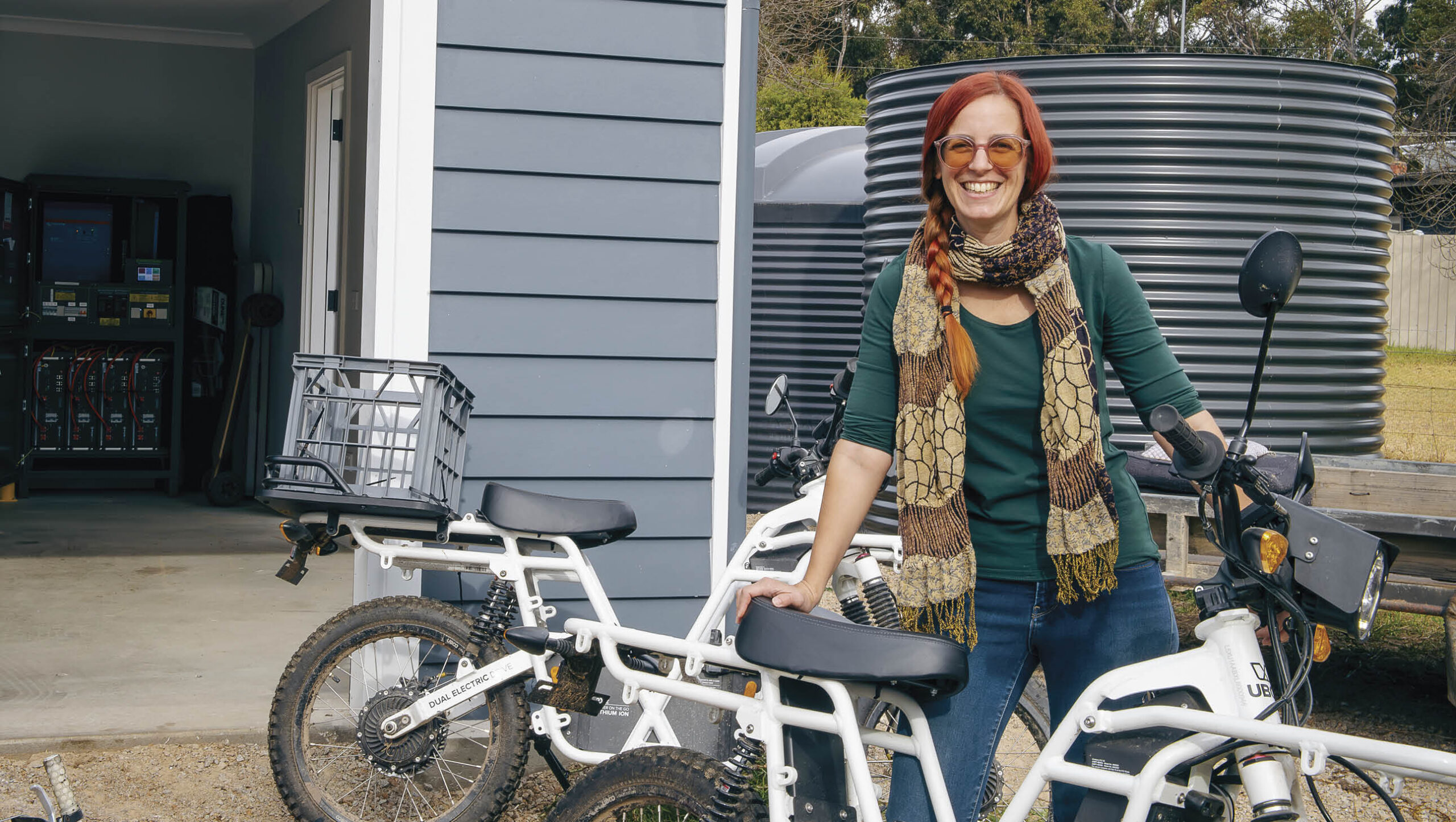The future of off-grid living
2025-01-24T14:49:41+11:00
Kate Nottingham shares her experience of using high-tech options to make her home as comfortable and sustainable as possible.
After starting the Off-Grid Living Festival back 2018 and navigating my own off-grid life with a young family, Kate Nottingham has come to realise that it is one example of how we can have both a simple life and a high-tech one. We can integrate them both for more positive future.
Low tech, high-tech
Over the years of running the Off-Grid Living Festival I’d met many people who seemed to be on one of two paths towards living a more sustainable life:
A) Going right back-to-basics and excluding as much technology from their lives as possible, becoming self-sufficient on all levels and learning new skills every few months.
B) Embracing the latest renewable technologies and being waste-wise to significantly reduce their impacts whilst still enjoying all the creature comforts of a modern life.
This raised the question – why choose one over the other? Is a high-tech meets low-impact life the future of sustainable living?
I think we’ve reached a point in time where a new type of sustainable living has emerged, one where we no longer need to choose between the two.
Thanks to innovations in renewable energy, water-saving technology, and off-grid infrastructure, we can live sustainably without sacrificing convenience, comfort or connection – we can harness the best of both worlds: the wisdom of the past, powered by the technology of today and the future.
The new home
Our new home was built on a budget and during the COVID years, which was a challenge, with builders being unavailable and material prices rising, but I still managed to make it super sustainable within the limitations. It’s a passive house with lots of north facing, double-glazed windows and sliding doors to let the winter sun in, and the summer sun completely out. To achieve this, we had to position the house diagonally on the land so the long length of the roof also faced north for solar panels. This means the house is not quite street facing, which would be the general approach for convenience and ‘street appeal’, but we were prioritising energy efficiency.
This is enhanced with thoroughly insulated walls and roof cavity, two main house zones for easier heating and cooling and honeycomb blinds to all the bedrooms. I did include two large, sliding glass doors on the south-side, too (which doesn’t align with the passive principles), because we love being able to see and access the trees and gardens from all sides and have a beautiful flow through of air and light. However, this did reduce the performance slightly and curtains will likely be added here at a later date.
Discover more about how Kate Nottingham has learned the potential of off-grid living to allow us all to live a more sustainable life. Her story is in our Early Autumn issue (OG 155), you can get a copy here.







